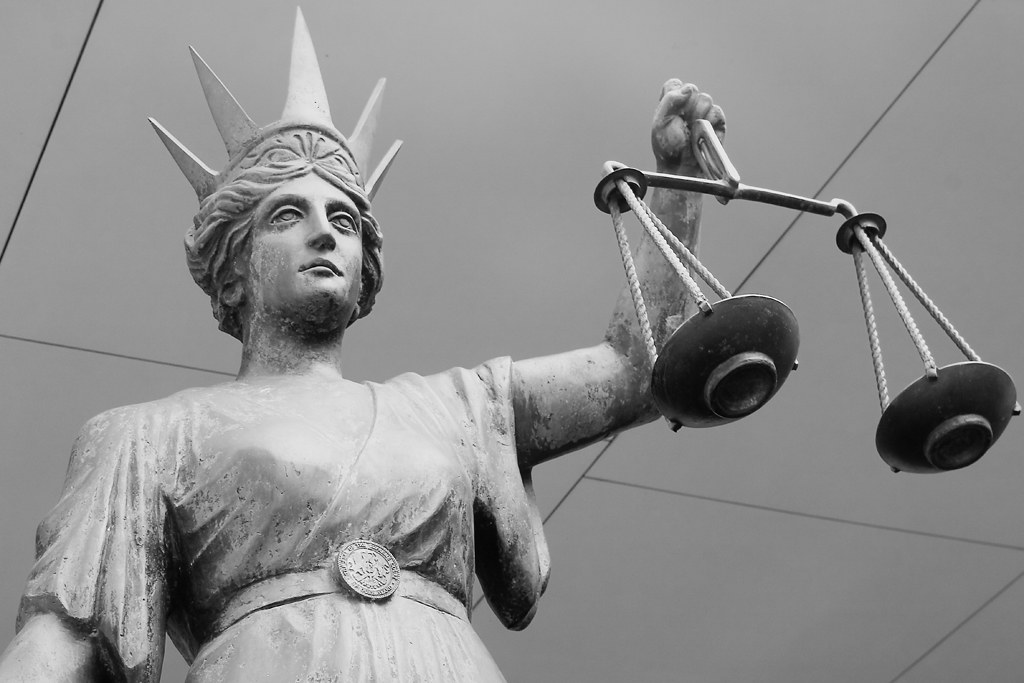Supreme Court Limits Judges’ Power to Block Infrastructure Projects
Key Takeaways:
- The Supreme Court has limited judges’ authority to stop infrastructure projects over environmental concerns.
- The decision relates to the National Environmental Policy Act (NEPA).
- This ruling is significant as it balances environmental protection with economic growth.
- The case highlights ongoing debates over judicial power in the U.S.
The Supreme Court’s Latest Ruling Explained
Thursday, the Supreme Court made a major decision. It limited the power of judges to block infrastructure projects because of environmental worries. This decision is important because it changes how courts handle projects like roads, pipelines, or construction that could harm the environment.
The case in question is called Seven County Infrastructure Coalition v. Eagle County. It focuses on the National Environmental Policy Act (NEPA), a law that requires projects to consider their environmental impact before moving forward. The Court’s decision slightly reduces the role of judges in stopping these projects.
Why This Decision Matters
This ruling comes at a time when President Donald Trump’s administration has criticized courts for overstepping their authority. The decision suggests that judges may now have less power to halt projects, even if they could harm the environment. However, it also reflects a balance between protecting the environment and supporting economic growth.
What’s Next?
The Court’s decision could have wide-ranging effects. It might make it easier to approve projects like new roads or energy developments. But it could also mean fewer checks on projects that might damage ecosystems or communities.
Environmental groups are likely to be concerned. They might worry that the decision will lead to more projects being approved without proper scrutiny. On the other hand, businesses and developers may see this as a win, as it could streamline the approval process.
The Bigger Picture
This ruling is part of a larger debate about the role of courts in shaping policy. The Trump administration has long argued that judges often overstep their authority. This decision could be seen as a step toward reducing judicial oversight in certain areas.
At the same time, the decision highlights the ongoing tension between environmental protection and economic development. As the U.S. continues to grow and develop, finding a balance between these two goals remains a challenge.
What Do You Think?
The Supreme Court’s decision is a complex issue with no easy answers. On one hand, it could lead to more efficient project approvals and economic growth. On the other hand, it might weaken protections for the environment. How do you think the government should balance these competing interests? Let us know your thoughts in the comments!

